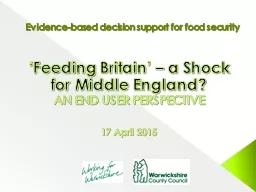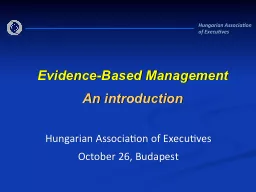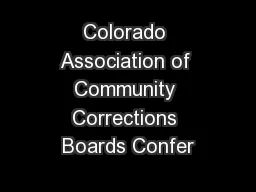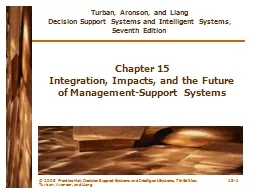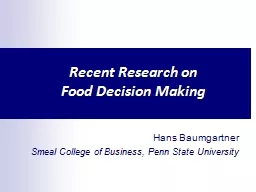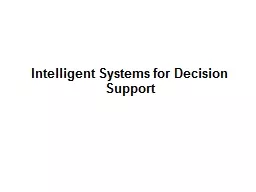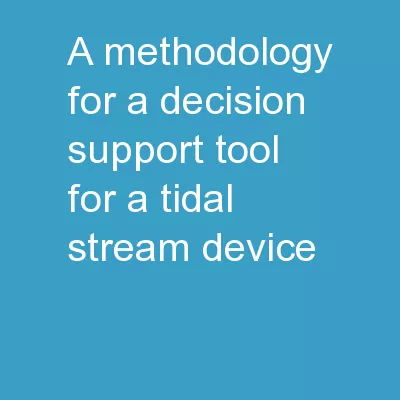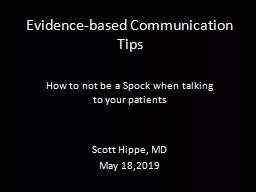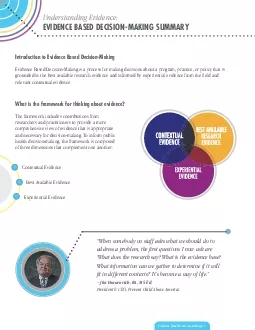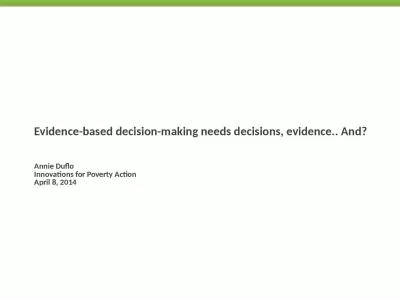PPT-Evidence-based decision support for food
Author : kittie-lecroy | Published Date : 2018-01-11
security Feeding Britain a Shock for Middle England AN END USER PERSPECTIVE 17 April 2015 Why is a local council involved Councils have the powers are closest
Presentation Embed Code
Download Presentation
Download Presentation The PPT/PDF document "Evidence-based decision support for food" is the property of its rightful owner. Permission is granted to download and print the materials on this website for personal, non-commercial use only, and to display it on your personal computer provided you do not modify the materials and that you retain all copyright notices contained in the materials. By downloading content from our website, you accept the terms of this agreement.
Evidence-based decision support for food: Transcript
Download Rules Of Document
"Evidence-based decision support for food"The content belongs to its owner. You may download and print it for personal use, without modification, and keep all copyright notices. By downloading, you agree to these terms.
Related Documents

